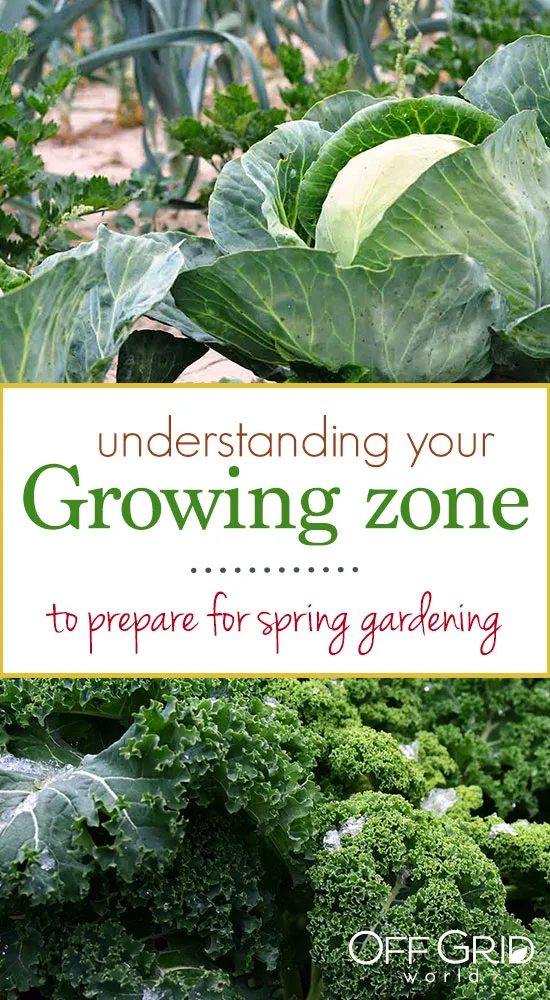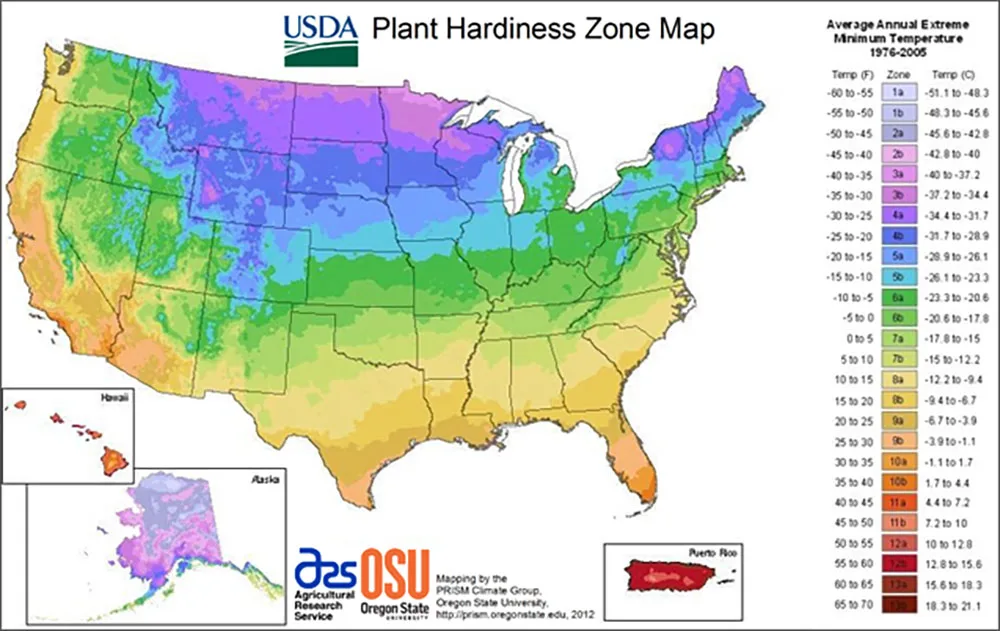A significant part of off-grid living is producing a wide variety of food that will add to, and satisfy your meal planning. With spring approaching, you should already be planning your garden for the coming growing season. It’s the perfect time to decide what changes to make from the last season.
Producing an abundance of food involves knowing what kind of plants will grow well in your area. You can do this by understanding your growing zone to prepare for optimal success in your garden.
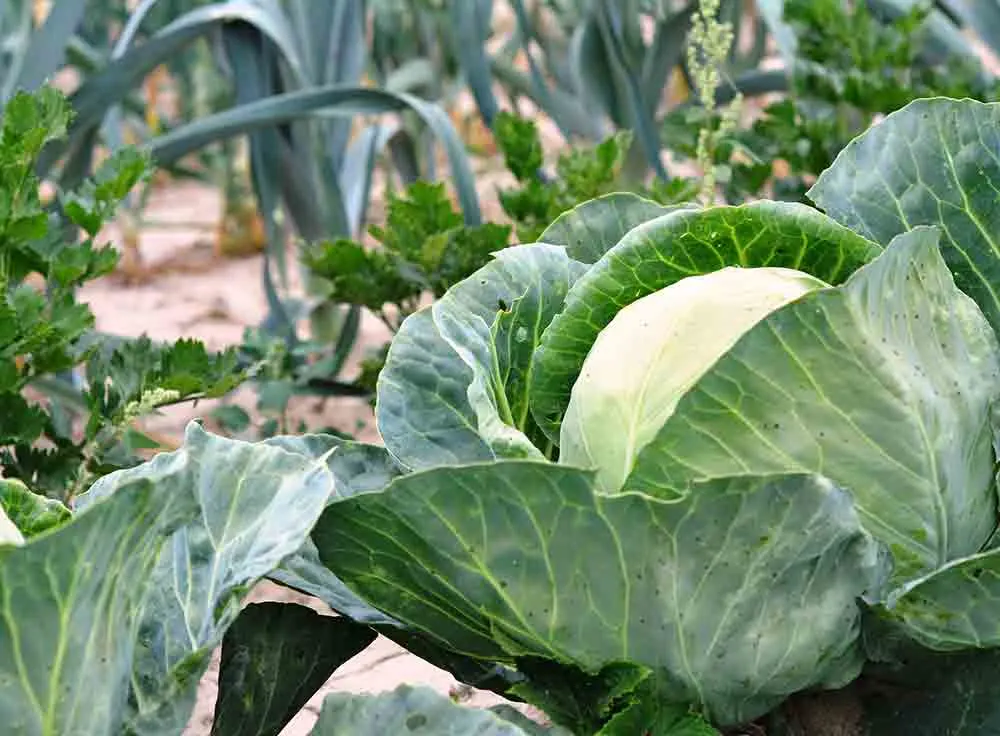
Identify Your Growing Zone
The first step to understanding your growing zone is to research the conditions in your area. A handy tool is the USDA Plant Hardiness Zone Map. This map will help you identify your zone’s number as well as a letter that designates what plants will thrive in your area.
Growing zones are not equally divided on the map. Some transitional areas where two growing zones meet can offer varying conditions. There are also spots around the country that include micro-climates.
Someone living on a mountaintop or in a valley may have an entirely different zone designation than surrounding areas. Growing zones depend on climate as well as your surroundings. Nearby bodies of water or mountains can drastically affect your zone.
If your off-grid home is a mountain cabin that gets a good deal of snow, don’t rule out planting a winter garden. Onions and shallots can handle a harsh winter. Garlic, broad beans, and asparagus will grow year-round with several harvest dates.
Some varieties of spinach will provide you with enough to harvest over the winter and early spring. Pak choi is also an excellent winter crop. This Asian vegetable is a delicious choice for winter salads. The succulent stems also go well in a stir-fried dish in the spring.
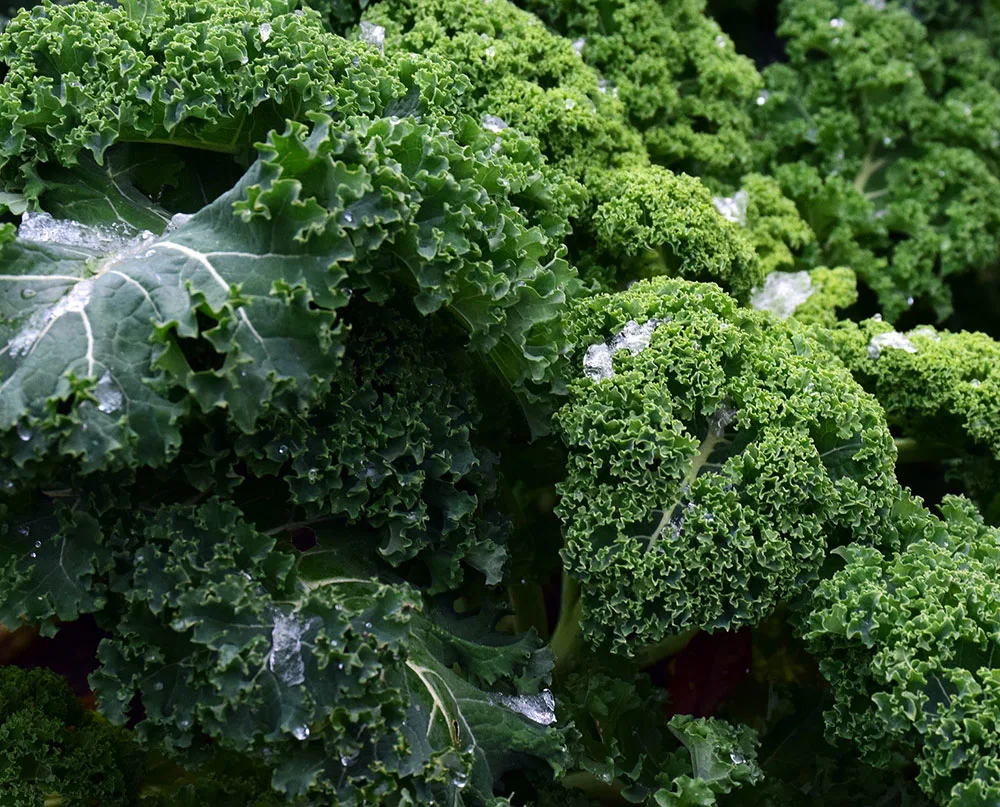
Keep in mind that these winter vegetables don’t always survive in an area with scorching heat and constant summer sun. Once again, it’s crucial to know your growing zone.
Keep Past Weather in Mind
You are the best source of information when it comes to the typical weather conditions in your area. The long-term forecast may help, but you’re the expert on what to expect during certain months of the year.
If you’ve had a mild winter, you may be comfortable starting to prepare your garden earlier in the spring than you have in previous years. However, if your winter has been quite cold, you may want to hold off a little longer, so you don’t lose an entire crop to frost. Taking note of the past seasons is essential when planning for spring planting.
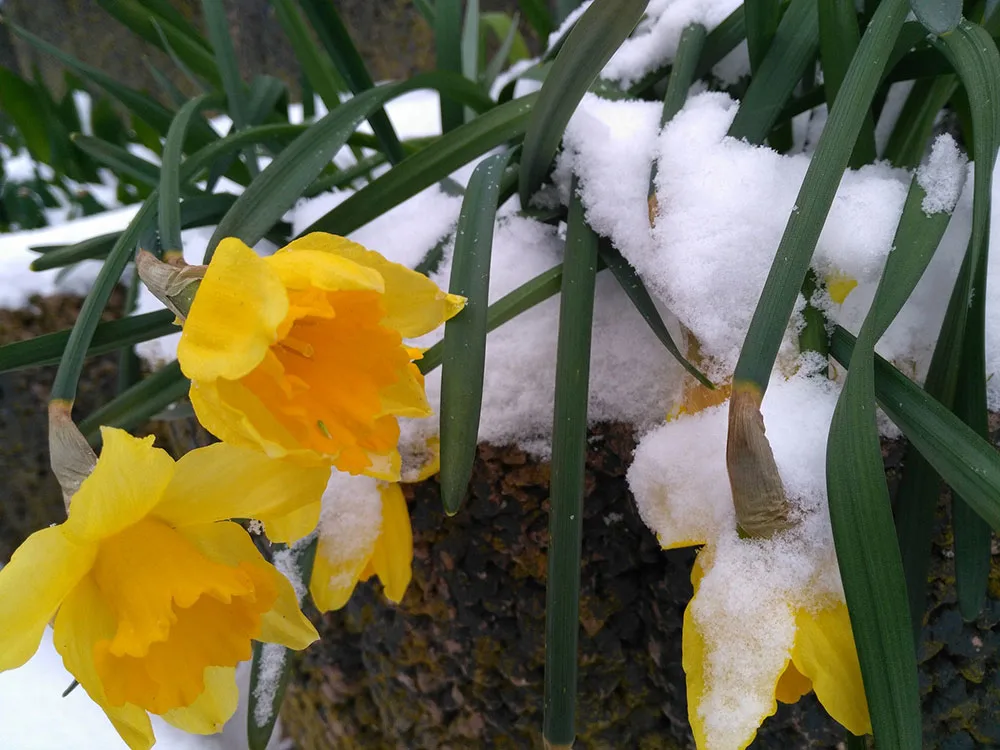
Know Your Frost Dates
Your growing zone will have specific dates by which the last frost usually occurs in the spring. This date is essential to maximize your growing time and produce a bountiful harvest.
Off-grid residents in the south will experience much earlier final frost dates than those in the north. Some southern gardeners may live in an area where frost isn’t a problem, making it possible for them to plant year-round.
You also need to anticipate the first frost date of the fall. Counting the days between your last frost date in the spring and the first frost date in the fall will give you an idea of the length of your growing season. Some plants require more than 90 days to mature. This doesn’t rule them out; it just means you’ll have to start the seedlings in indoor planters.

Watch Temperatures Closely
Since those frost dates are merely estimates, you need to prepare yourself for a sudden drop in temperatures. Even the best forecaster needs to check the thermometer at night to get an idea of when it’s safe to plant.
Once you’ve sown seeds, continue to monitor temperature changes that could rapidly occur with spring thunderstorms. Make sure you keep the seeds and young plants warm if the temperature drops below freezing. Consider covering these areas overnight, to maintain a warm temperature for the soil as well as the plants.
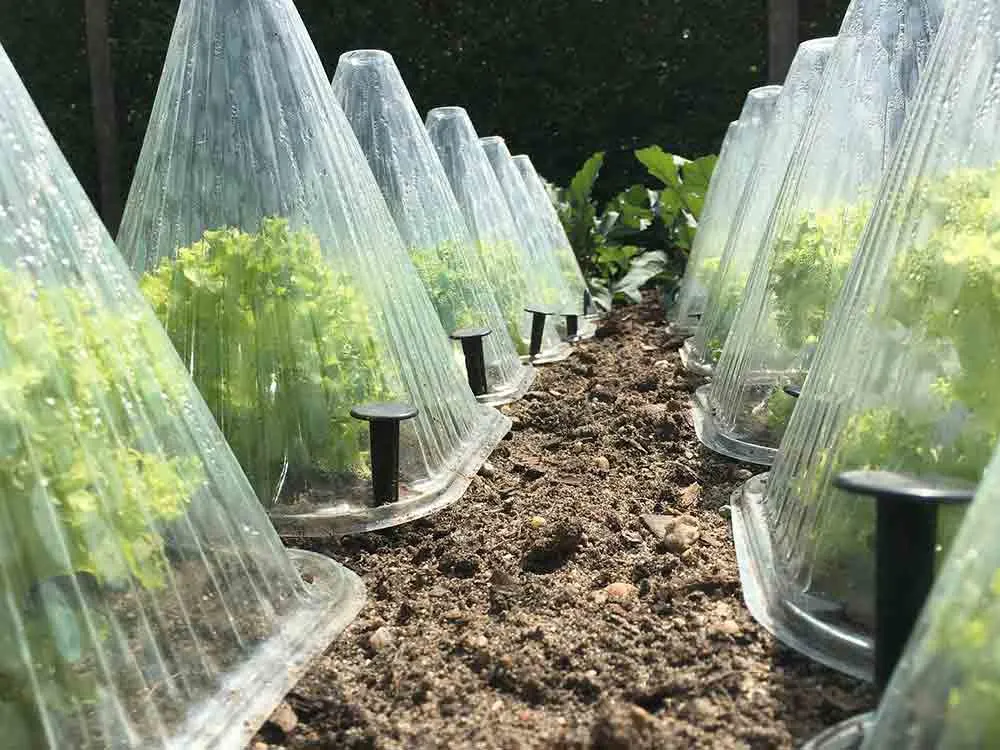
Choose Cool and Warm Season Plants
Cool season vegetables thrive in the spring and take advantage of the cooler temperatures that cool mornings and nights can bring. These types of plants include peas, broccoli, lettuce, beets, and beans. As long as you plant these after the first frost, you’ll reap the benefits by the end of spring.
Many off-grid gardeners choose to begin warm-season plants by starting seeds in a greenhouse or windowsill. This works well with tomatoes, melons, and vine vegetables like cucumbers that need a little more time to mature. You can then transplant these sun-loving plants in the latter part of the spring once the ground has warmed.
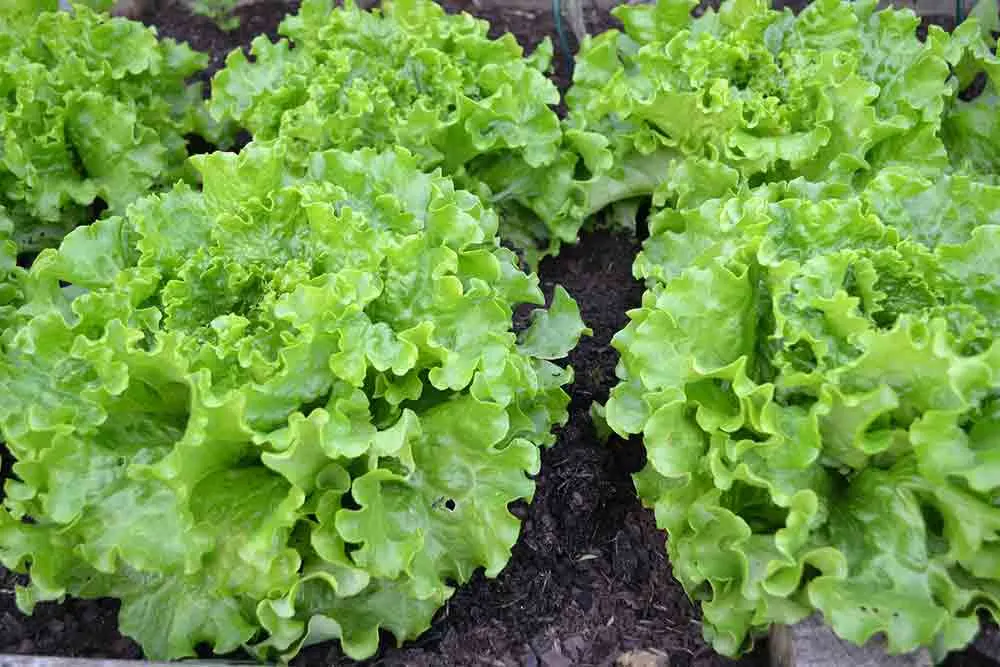
Save Your Seeds
Many growing areas will see a short, cool season in the early spring followed by a longer warmer season during summer and then another short, cooler season in the fall. Save the seeds from cool-season plants and plant them in the fall. This will extend your growing season for a few more months and produce enough seeds to replant the following spring. Understanding your growing zone will help you reap the maximum benefit from your vegetable garden.
Living off the grid means being eco-friendly and using fewer resources. You can do this by also saving the seeds of your warm-season fruits and vegetables. You’ll need to dry them out and place them in a container for storage. You won’t be able to use these seeds until the following summer, but it’s an excellent way to save money and keep the variety in your garden.
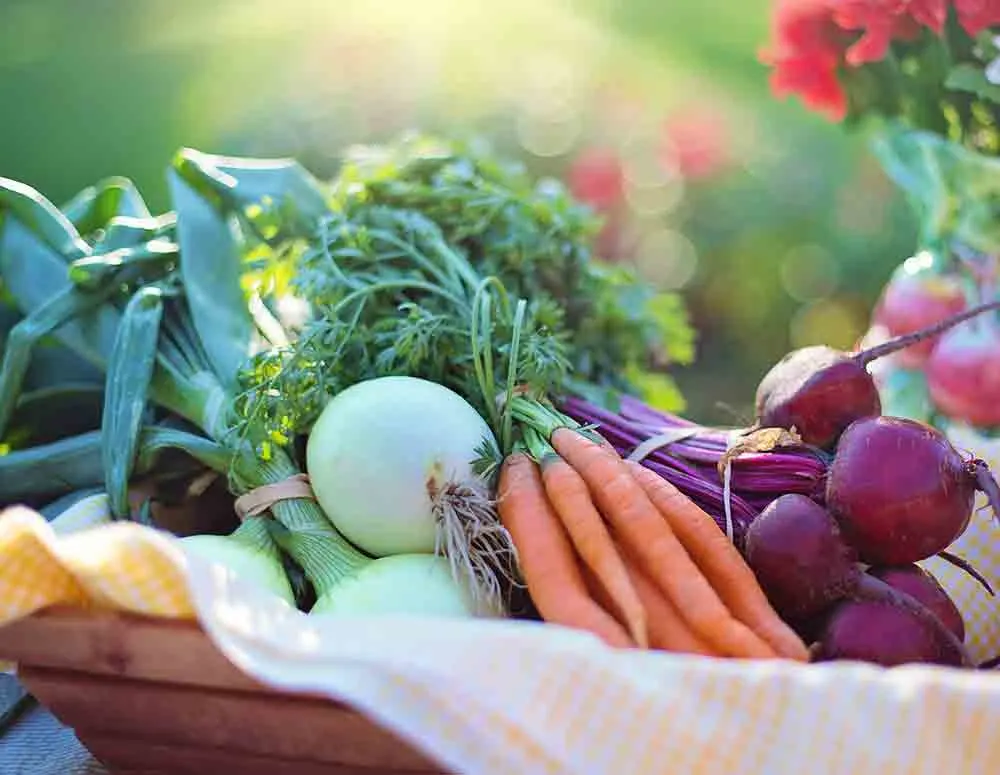
Eating freshly harvested food without additives or pesticides is just one of the many benefits of living off the grid. However, the independent lifestyle we enjoy comes with a responsibility to work with Mother Nature.
Understanding how your soil responds to different weather conditions will help you reap a bountiful supply of produce to last throughout the year. Consider all of these tips when understanding your growing zone to prepare for spring gardening.
***
Natalie Baker is a freelance writer who enjoys splitting her time between her Denver apartment and an organic farm near Steamboat Springs, Colorado. She spends much of the year growing her own vegetables and raising chickens.
